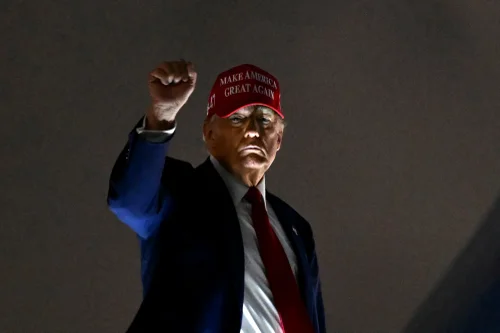What’s Up with “Liberation Day” and the New Tariffs?
On April 2, President Trump dropped two major executive orders that are shaking up U.S. trade. The first order rolls out what he’s calling reciprocal Tariffs basically, if a country charges the U.S. high tariffs, we’re hitting them back with the same. The second move? Getting rid of a long-standing exemption that let small packages from China and Hong Kong come in duty-free.
Reciprocal Tariffs: The Basics
Starting April 5, the U.S. slapped an extra 10% tariff on pretty much all imported goods unless they fall into some special exceptions. Then, on April 9, that rate gets even more personal. Different countries will face different tariffs. For example:
– EU: 10% starting April 5, going up to 20% April 9
– China: 34%
– Japan: 24%
– Vietnam: 46%
– India: 26%
Some countries, like Brazil, Singapore, and Colombia, are sticking with the 10% base rate.
What’s Not Getting Hit?
There are a few carve-outs:
– Stuff like personal messages, travel-related items, and donations.
– Steel, aluminum, cars, and car parts already taxed under other rules.
– Critical products like copper, semiconductors, energy goods, and some others listed in the order.
– Items that might get taxed later under other policies.
Also, if a product is at least 20% made in the U.S., the extra tariff only applies to the non-U.S. part of it.
Canada & Mexico Get a Pass (Sort Of)
If goods from Canada or Mexico qualify under the USMCA (the new NAFTA), they’re exempt from these new tariffs. But if they don’t qualify and are already taxed under other emergency rules, they’re still safe from these new ones.
No More Free Rides for China’s Cheap Packages
Up until now, cheap goods (under $800) from China or Hong Kong could sneak into the U.S. without paying tariffs. That’s over. Starting May 2, these low-value imports will get hit with a 30% tariff or a flat fee (CBP will decide which). Carriers will also have to keep track and pay those duties monthly.
The same de minimis rule still applies for other countries at least until the government figures out how to track and tax those too.
Why Now?
Trump says this is all about “fair trade.” He wants to level the playing field and fight back against countries with high tariffs, unfair barriers, or currency manipulation. But he’s also hinted that he’d be open to ending these tariffs if other countries play fair.
